It is estimated that around 8% to 15% of people in the UK have issues with their jaw joint.[i] The symptoms of Temporomandibular Joint (TMJ) issues can be very uncomfortable, and usually include headaches and pain around the jaw, ear and temple. Clicking noises when moving the jaw, difficulty fully opening the mouth, jaw locking when the mouth is open, difficulty sleeping and neck ache are other possible symptoms. Jaw issues can get better by themselves over time, or they can feel much worse when a patient is chewing or feeling stressed. The causes of TMJ dysfunction are varied, and possible reasons include poor posture, bruxism, arthritis and injury.
Determining severity
The severity of the disorder will have a significant impact on possible management and treatment options. The general dental practitioner (GDP) will focus on milder situations, with the majority of patients presenting with TMJ problems falling into this category. For those who have more complex cases, referral to a specialist in the field may be more appropriate. Maxillofacial surgeons will be better equipped to manage a patient with occlusal preoccupation, chronic widespread pain, disc displacement without reduction, severe psychological distress or those who have already undergone several unsuccessful treatments.[ii]
Treating mild cases
For patients experiencing mild symptoms, the GDP is able to provide various therapeutic options, which may be relatively simple and often be undertaken by the patient from home. It is recommended[iii] that patients suffering with jaw pain stick to a soft diet for one to two weeks, as this will reduce chewing and make jaw movement less painful. They should also actively avoid parafunctional activities such as nail biting and chewing gum. It is also suggested that they massage the jaw muscles where pain is experienced, using heat packs or warm flannels to help relax the muscles. Reduction of stress by minimising potential causes can help as well, ultimately leading to less bruxism during sleep.
Practitioners should also recommend jaw exercises to help reduce the ‘clicking’ effect of TMJ. The following example can be uncomfortable at first, but become easier over time and be completed twice per day:
The patient should close their mouth, and move the tip of the tongue from the palate to as far back as it will go, with the teeth together. Keeping the tongue in this position, the patient should slowly open the mouth until the tongue is barely touching, holding this position for five seconds. This is usually repeated for five minutes at a time.[iv] The goal is for this exercise to be completed with no clicking, and aims to strengthen the ligaments around the jaw.
 Useful tools
Useful tools
As with any area of dentistry, patient education is the key to helping individuals understand their TMJ issues and their role in preventing progression of the problem. Providing resources that they can access in their own time to do further research may be helpful as well, so they can process the information and come back to the practice with questions.
Some patients may also benefit from physical tools to assist their jaw rehabilitation exercises, such as the OraStretch Press[v] distributed by Total TMJ. This innovative yet easy-to-use device helps the user to open their mouth wider, and more comfortably over time. With continuous use of the OraStretch Press, a typical patient can gain 1-2 mm per week in range of motion. These exercises enable patients to maximise their range of motion, reduce joint pain, and develop jaw muscle strength.
Aside from providing proven results for a range of patients, products such as this also afford clinicians extra confidence that their patients are correctly addressing their TMJ disorders. They encourage patients to perform the exercises at home quickly, easily and safely asper their professional guidance.
Improving quality of life
Managing jaw pain can greatly improve a patient’s quality of life. When someone is in pain and discomfort every day, it can affect their nutrition, their social lives, their self-esteem and their overall wellbeing. By offering relief from this pain, GDPs can strengthen their rapport with patients significantly. What’s more, minor TMJ issues are often simple to manage and resolve if treated early, so talking to patients as soon as TMJ concerns arise is crucial.
For more details about Total TMJ and the products available, please email karen@totaltmj.co.uk
[i] King’s College Hospital. NHS Foundation Trust. Temporomandibular dysfunction (TMD). Information for patients. https://www.kch.nhs.uk/Doc/pl%20-%20869.1%20-%20temporomandibular%20dysfunction%20(tmd).pdf [Accessed March 2022]
[ii] Doncaster and Bassetlaw Hospitals. NHS Foundation Trust. Department of Oral & Maxillofacial Surgery. Referral Guidelines. 2015. https://www.england.nhs.uk/north/wp-content/uploads/sites/5/2016/04/omfs-refl-guide-dbh.pdf [Accessed March 2022]
[iii] Conville RM, Moriarty F, Atkins S. The management of temporomandibular disorders: a headache in general practice, British Journal of General Practice. 2019; 69 (687): 523-524. DOI: https://doi.org/10.3399/bjgp19X705977
[iv] TMJ Exercises, Oxford University Hospitals NHS. Available online at: https://www.ouh.nhs.uk/patient-guide/leaflets/files/12128Ptmj.pdf [Accessed March 2022]
[v] OraStretch Press System. https://www.craniorehab.com/orastretch [Accessed March 2022]








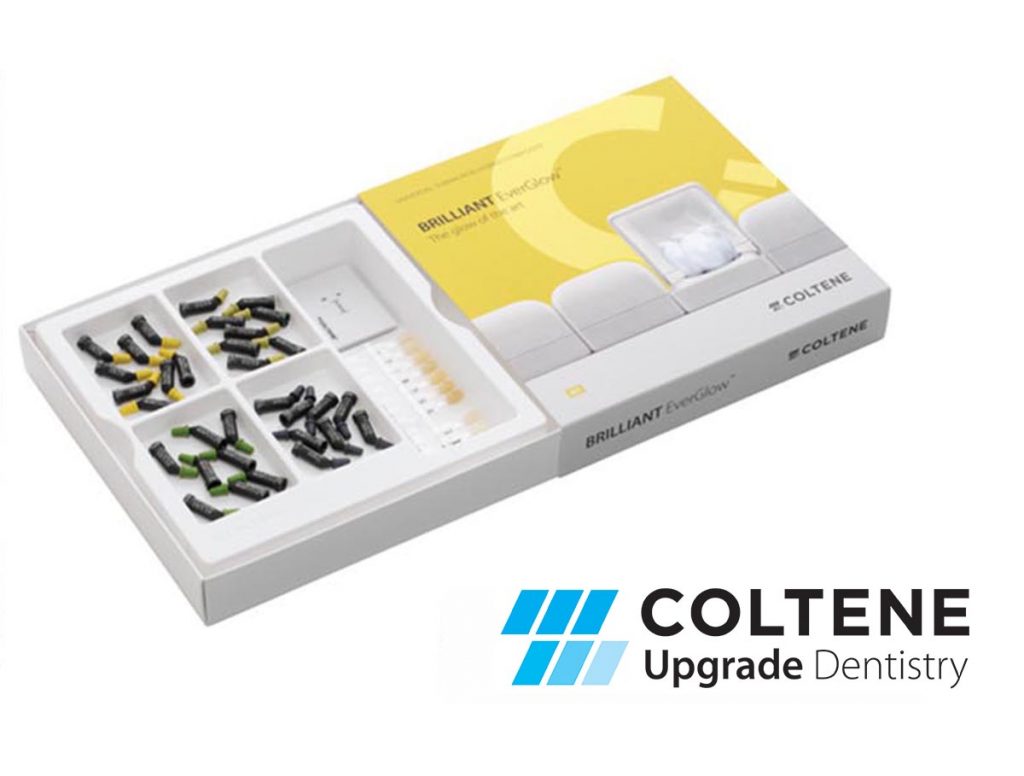 Upgrade Your Dentistry
Upgrade Your Dentistry 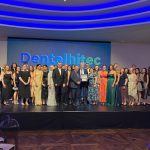
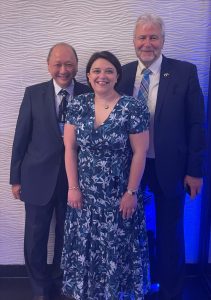

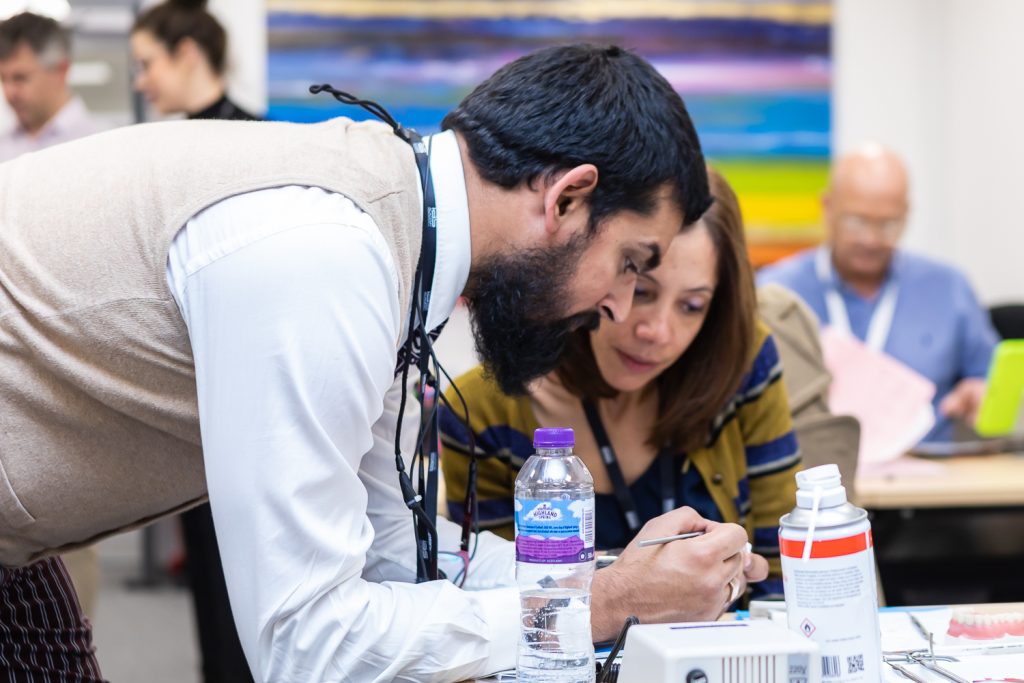 “The structure of the course was great because it had a good balance between theory and practical – Dr Shiraz is extremely knowledgeable with a vast experience on delivering conferences around the world. He showed great interest in teaching us as much as he possibly could within the available time. He was very approachable and having a small group of dentists there for support was great – there was always an opportunity to ask questions and clarify any doubts.
“The structure of the course was great because it had a good balance between theory and practical – Dr Shiraz is extremely knowledgeable with a vast experience on delivering conferences around the world. He showed great interest in teaching us as much as he possibly could within the available time. He was very approachable and having a small group of dentists there for support was great – there was always an opportunity to ask questions and clarify any doubts.
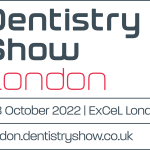
 Brighter days
Brighter days



